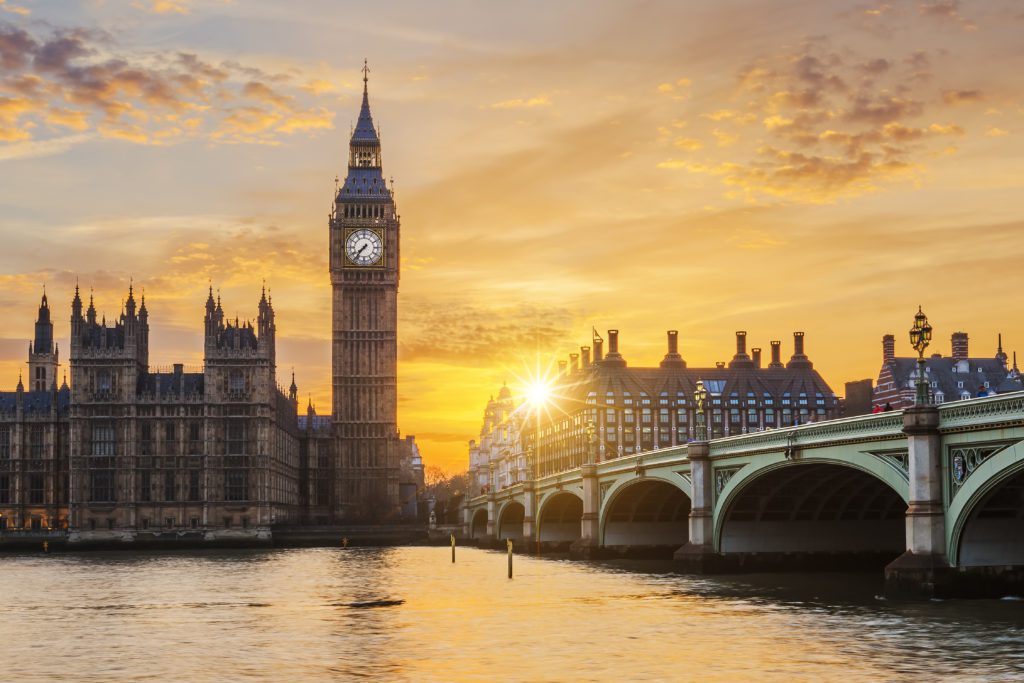Have you kept up with all the changes in the mini budget? From the time of the initial announcements on 23rd September we were in fact expecting more announcements but not the type that came over the last two weeks. The mini budget 2022 has been revisited properly this week by the new Chancellor Jeremy Hunt. It basically means most of the tax cuts initially announced are now redundant.
Listening to him on Monday, the Chancellor said he would have reversed 100% of the tax cuts but couldn’t because some had already gone through the parliamentary approval process.
So, which of the tax cuts remains?
-
National Insurance Contributions (NIC)
Currently since the beginning of this tax year we are all paying an extra 1.25% NIC. This is now reversed from 6th November. The reversal applies to both employers and employees.
This of course also means the Health & Social Care Levy for the same amount will now not come into effect either next year.
Based on the announcements, here is a breakdown of the extent of the tax cuts across various earning levels per year.
| Earnings | National Insurance cut from 6 November 2022 | 19% base rate & NI from 6 April 2023 |
| £20,000 | £38 | £167 |
| £40,000 | £142 | £617 |
| £60,000 | £247 | £969 |
| £100,000 | £455 | £1,469 |
| £200,000 | £976 | £5,220 |
The previously announced tax cuts to the basic rate of tax to 19% was brought forward to 6 April 2023 by Kwasi Kwarteng.
But Jeremy Hunt cancelled this move earlier this week. What’s more he expects the 20% rate to continue indefinitely.
-
Stamp Duty Land Tax
This was an attempt to deliver growth in the housing market and support home ownership by increasing the threshold before any tax is due.
The new threshold of £250K came into effect immediately on 23rd September 2022 as did the new threshold of £425K for first-time buyers.
Here’s a quick calculator if you are thinking of buying a house which is your main residence. It will give you an idea of the new stamp duty.
The markets did react very negatively to the tax cuts announced on 23rd September and as a result our borrowing rate is much higher now. This together with the Bank of England’s efforts to curb inflation means the days of cheap mortgages are over for now.
It therefore remains to be seen if the Stamp Duty tax cuts will deliver a growth in the housing market.
The “U- Turns”
-
The IR35 changes introduced in April 2020 are now staying.
-
The planned corporation tax increases were cancelled leaving the rate at 19%.
Corporation Tax will rise from 6th April 2023 to 25% as previously planned
-
The additional tax rate of 45% has been abolished.
The additional tax rate of 45% stays.
Other cancellations were the VAT free shopping for overseas visitors and the freeze on alcohol duty.
But the most significant was the change in the energy price guarantee support. The period of support has been reduced from two years to six months. After that the support will be more targeted and there will a Treasury led review.
The overall tax cuts were reduced by £32bn from £45bn to £13bn but these still need to be paid for somehow.
What next?
The Chief Executive of the Resolution Foundation, Torsten Bell, said this week that “this is now very clearly a tax–raising parliament, with the tax take set to reach highs not sustained since 1950”.
The Chancellor said his main objective is stability, so we are hoping that after the fiscal statement on 31st October, we can start working with what we have.
Businesses and households up and down the country are now facing tough times. The cost-of-living crisis is due to international inflationary pressures and rise in interest rates. If you are feeling the pinch already, you can talk to us. We can help you with cash flow planning and perhaps even looking at alternative financing.
We’re here to help so call or email your normal client manager.

